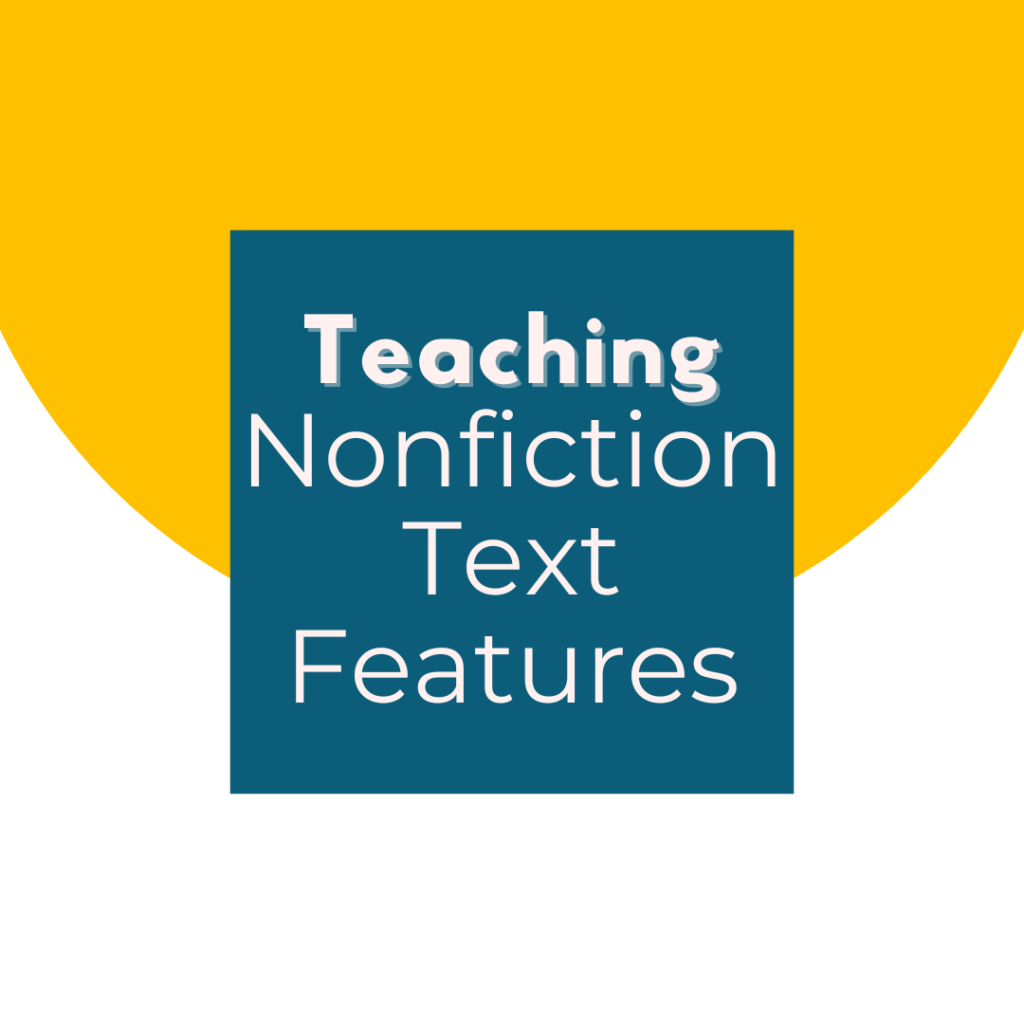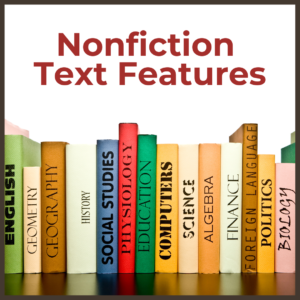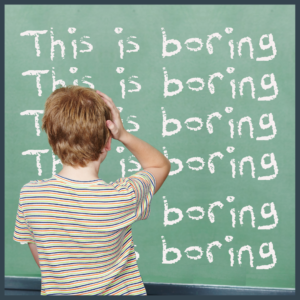Nonfiction text features are the unsung heroes of comprehension. No really! Nonfiction text features serve as essential navigation tools for readers and understanding them is linked to improved reading comprehension. So teaching nonfiction text features is essential, but what are they exactly?
Nonfiction text features
Nonfiction text features are parts of a page that are not the main body of the text, but they serve very specific, important purposes. Examples of nonfiction text features include headings, subheadings, captions, bolded or italicized words, sidebars, pictures, labeled diagrams, charts, graphs, and more.
Teaching nonfiction text features – Why?
By teaching these features, we empower our students to navigate and thrive in the information-rich world we live in. Understanding elements like headings, subheadings, captains, and graphics helps students make sense of the structure of a text, aiding in overall comprehension of information.
✅ Information Processing Skills
Mastery of text features develops essential information processing skills. Students learn how to locate and extract specific information efficiently, which is crucial for navigating the vast amount of information available in both academic and real-world settings.
✅ Cross-Curricular Academic Success
Students who are adept at using text features are better equipped to tackle academic texts and complex informational materials in all subject areas. This cross-curricular skill becomes increasingly crucial as students progress through their education and encounter more advanced content.
✅ Real-World Application
Text features are prevalent in real-world communication, including news articles, magazines, websites, and even on social media. Teaching nonfiction text features and how to navigate them prepares students for effective communication throughout their lives.
Teaching nonfiction text features – How?
Teaching text features doesn’t have to be a daunting task. With a little creativity, it can become a fun activity for both you and your students. Here are five fun ideas for teaching text features:
Text Feature Scavenger Hunt
Crack open any textbook you use – a reading anthology, science, social studies, even math – and your students will see text features. Help students realize just how many text features they encounter every day by using a Free Text Feature Scavenger Hunt and let them dive into those books, searching and recording what they find.
Create a Nonfiction Text Features Handbook
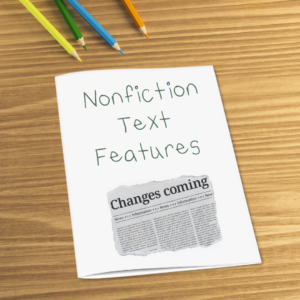
Staple a few sheets of paper together and turn learning into a keepsake by having students create their own nonfiction text features handbook. Provide them with magazines, newspapers, or informational books you don’t use anymore, and ask them to identify and compile examples of different text features. Scissors and glue are fun at any age! This personalized handbook can serve as a reference tool throughout the school year.
Interactive Anchor Charts
Foster engagement by creating interactive anchor charts that showcase various text features. Post an anchor chart with text features listed and allow students to contribute examples and explanations to the charts, turning them into living documents that evolve as the class explores new texts. Again, magazines, scissors, and glue are great for this!
Nonfiction Text Feature Gallery Walk
Foster a sense of appreciation for text features by organizing a Gallery Walk. Have students bring in nonfiction texts from home or use books from the classroom library. They can then explore these texts, identifying and discussing the different text features they find. This gallery walk encourages peer-to-peer learning and showcases the diversity of text features in real-world examples.
Text Feature Trading Cards
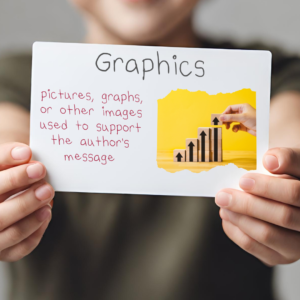 This is one of my students’ favorites! Turn learning into a collectible experience by creating text feature trading cards. Assign each student or group a specific text feature to research and design a trading card for. Include the feature’s definition, an example, and its purpose. Depending on your students’ age and what other skills you might want to teach, this can be done with paper and pencil or on the computer. Students can then trade their cards with classmates, building a complete set of text feature knowledge.
This is one of my students’ favorites! Turn learning into a collectible experience by creating text feature trading cards. Assign each student or group a specific text feature to research and design a trading card for. Include the feature’s definition, an example, and its purpose. Depending on your students’ age and what other skills you might want to teach, this can be done with paper and pencil or on the computer. Students can then trade their cards with classmates, building a complete set of text feature knowledge.
Teaching Nonfiction Text Features
Text features are everywhere! When students can recognize them, understand them, and know how to use them, they are better equipped to engage with all sorts of texts around them in school and in the real world. Teaching nonfiction text features doesn’t have to be as boring as the name sounds. Let me know which of these ideas you try out to spice up teaching nonfiction text features in your classroom!


